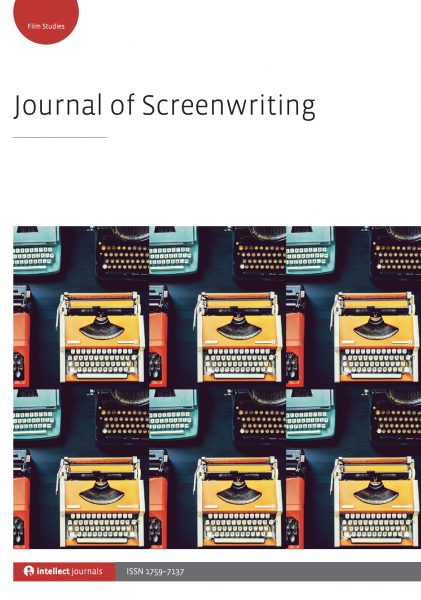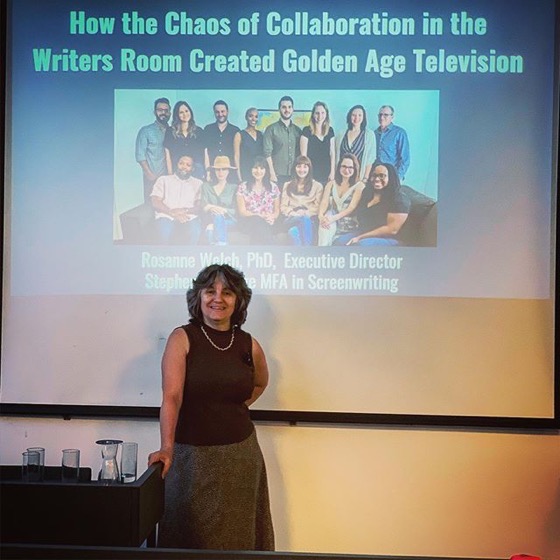Highlighting the articles in the past editions of the Journal of Screenwriting, of which I am the Book Reviews Editor. Hopefully these abstracts will entice you to did a little deeper into the history and future of screenwriting. — Rosanne
The pleasure of immersion: Some thoughts on how The Singing Detective sustains narrative by Anne Karpf
This article argues that while Dennis Potter’s television drama series The Singing Detective is commonly celebrated for its multi-layered narrative and the post-modern way that it played with genre, another of its critical features has remained relatively neglected: the sustained narrative pleasure that it afforded. It suggests that Potter allowed viewers the deep immersive experience of realist TV drama and storytelling, even while he was experimenting with narrative, so providing a bridge between modernist and traditional forms, and rewarding viewers (who had to try and integrate the series’ different fragments and layers into some sort of quasi-cohesive narrative) with abundant dramatic gratification. Narrative, it claims, is not effaced, only displaced, partly onto the central character of Marlow, whose subjectivity unifies the fragmented narrative. Potter broke radically with the conventions of TV medical drama, and the painful experience of Marlow-as-patient acts as another binding agent.


The Journal of Screenwriting is an international double-blind peer-reviewed journal that is published three times a year. The journal highlights current academic and professional thinking about the screenplay and intends to promote, stimulate and bring together current research and contemporary debates around the screenplay whilst encouraging groundbreaking research in an international arena. The journal is discursive, critical, rigorous and engages with issues in a dynamic and developing field, linking academic theory to screenwriting practice.
Get your copy and subscription to the Journal of Screenwriting Today!
* A portion of each sale from Amazon.com directly supports our blogs
** Many of these books may be available from your local library. Check it out!

![12 Kenny Johnson from How The Chaos Of Collaboration in the Writers Room Created Golden Age Television [Video]](https://rosannewelch.com/wp-content/uploads/2021/05/srn-porto-12.jpg)









![11 Donald Bellisario from How The Chaos Of Collaboration in the Writers Room Created Golden Age Television [Video]](https://rosannewelch.com/wp-content/uploads/2021/05/srn-porto-11.jpg)
